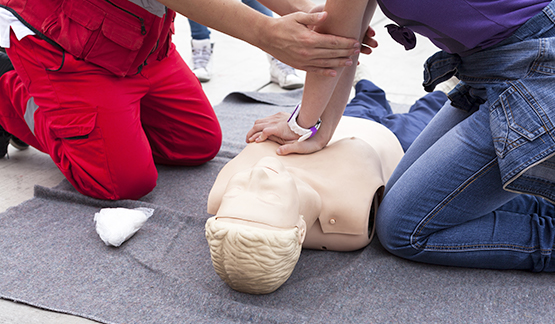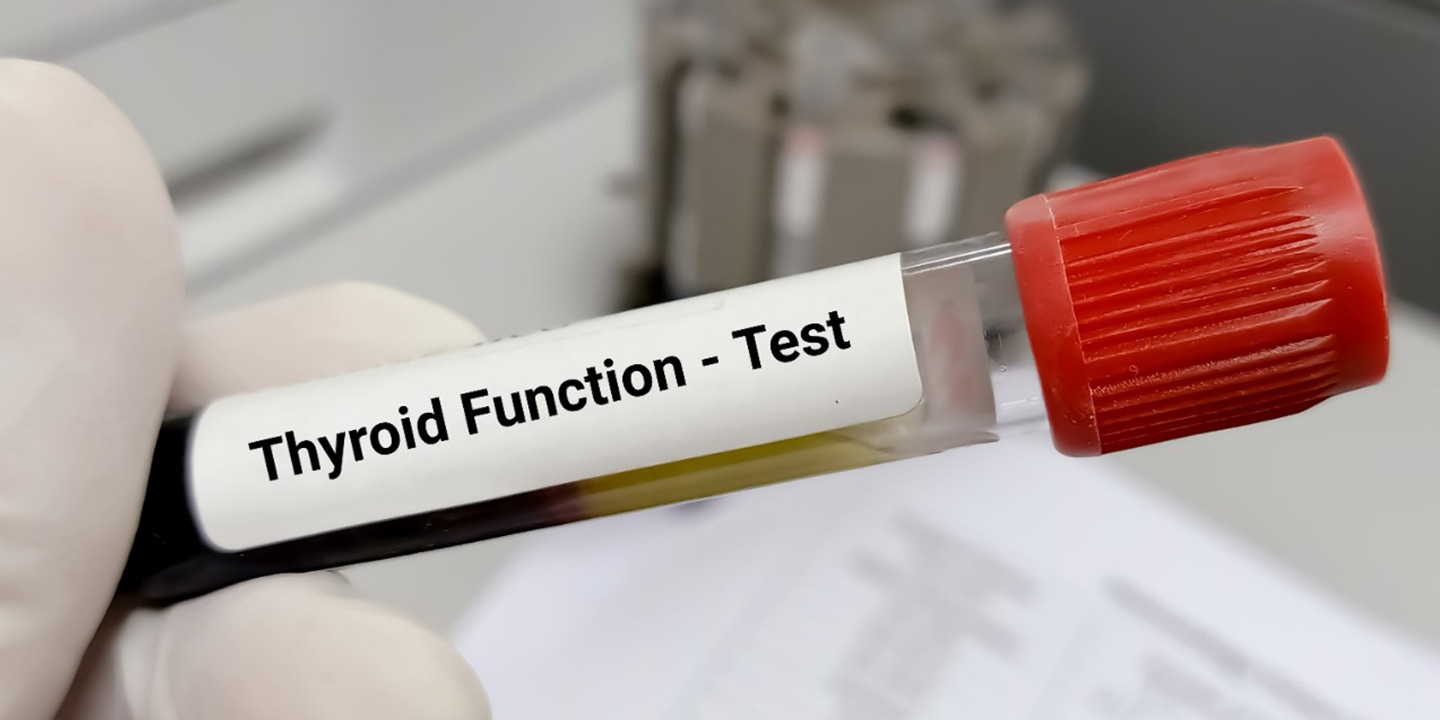Healthcare workers, in particular, have found Basic Life Support (BLS) courses to be indispensable. The goal of the course is to save lives and act wisely in emergency situations. Individuals who wish to acquire BLS certification and learn how to manage life-threatening medical situations such as blocked airways and cardiac arrest must finish the training and pass the test. Patients suffering from obstructed airways and cardiac arrest may not survive if they do not receive prompt and appropriate medical attention.
What Is Basic Life Support (BLS)?
Basic Life Support (BLS) refers to the level of care that medical professionals provide to patients experiencing respiratory distress, airway obstruction, or a cardiopulmonary emergency. To obtain BLS certification, one must complete training and demonstrate the ability to use an automated external defibrillator (AED), perform cardiopulmonary resuscitation (CPR), and relieve foreign-body airway obstruction. BLS also includes initial assessment, chest compressions, rescue breathing, mouth-to-mouth ventilation, expired air ventilation, and airway maintenance.
Advantages of Certification and Training in Basic Life Support
Knowing how to assess a medical emergency and administer basic life support appropriately is essential. This article lists seven advantages of BLS certification courses.
- Gives Courage To Save Lives
Most victims pass away because bystanders do not know how to react appropriately in the event of an accident or medical emergency. BLS certification training provides practical experience, essential knowledge, and life-saving skills. These skills are quite fulfilling as they broaden a person’s medical knowledge and equip them with critical skills to identify and respond to medical emergencies in time to save lives. Administering BLS to a victim as soon as possible significantly increases their chances of survival. Many studies suggest that CPR can increase survival by 50-500% of OHCA (outside-of-hospital cardiac arrest) if administered properly and on time.
- How to Perform CPR.
Through basic life support training, learners can perform CPR, a vital life-saving skill that can be used both in and out of hospitals. Taking as many BLS practice exams as possible helps reinforce knowledge about basic life support. BLS ensures a steady flow of blood circulation by applying pressure to the heart, creating an artificial heartbeat.
Research has shown that the human body contains enough oxygen to sustain life for a few minutes. Therefore, even without mouth-to-mouth breathing, chest compressions alone can help the victim survive until medical help arrives. In the United States, there are approximately 350,000 attempts at non-hospital resuscitation annually, with a 5–10% success rate.
- Provides AED skills
While many people know how to perform chest compressions, few are proficient in using an AED. The BLS certification course teaches participants how to operate this life-saving device. The lower heart chambers quiver ineffectively during cardiac arrest due to the rapid and irregular heart signals rather than pumping blood. More than 1% of people are diagnosed with arrhythmia, an irregular heartbeat treatable with an AED. Every minute that passes without defibrillation decreases the chances of survival.
- Career Opportunities
BLS certification is required for some positions, such as emergency responders, due to their role in managing medical crises at work. Mentioning BLS certification during a job interview can help candidates stand out. In addition to medical professionals, other professionals, such as airline crew members and lifeguards, also need these skills to carry out their daily responsibilities efficiently.
- BLS Training Guards Against Brain Injury
Oxygen deprivation to the brain, which occurs when the heart stops beating, can cause brain damage. Appropriate CPR and early defibrillation can provide the brain with enough oxygen until a medical professional arrives, significantly reducing the risk of long-term neurological damage.
- Worldwide Usage
The BLS certification course teaches versatile and multipurpose skills that apply to various age groups and situations. BLS training equips individuals to respond appropriately in a range of scenarios, such as an adult experiencing a heart attack, a child choking on a small object, or a baby needing rescue breathing. BLS techniques can be used in various settings, including homes, offices, public spaces, and recreational areas.
- Legal Protection
Good samaritan laws in many areas protect those who volunteer to help in an emergency. The knowledge about these laws and their protective impacts on you, when you offer to aid in good faith are covered during BLS training. Knowing your legal rights and protections can ease concerns about potential legal ramifications, encouraging more people to step up and offer crucial support when needed.
Final Thought
The BLS certification program offers numerous advantages. These skills are invaluable during emergencies, regardless of when or where they occur. Completing a BLS course and earning certification can increase your confidence, readiness to assist others, and ability to mitigate the impact of an emergency.
For many jobs, a BLS certification is essential, serving as a prerequisite for employment. Ultimately, having a BLS education and maintaining your skills could potentially save someone’s life, even if it is the person you are caring for. If you are interested in obtaining these benefits, enroll in a BLS certification course right away.
Keep an eye for more news & updates on Internal Insider!










